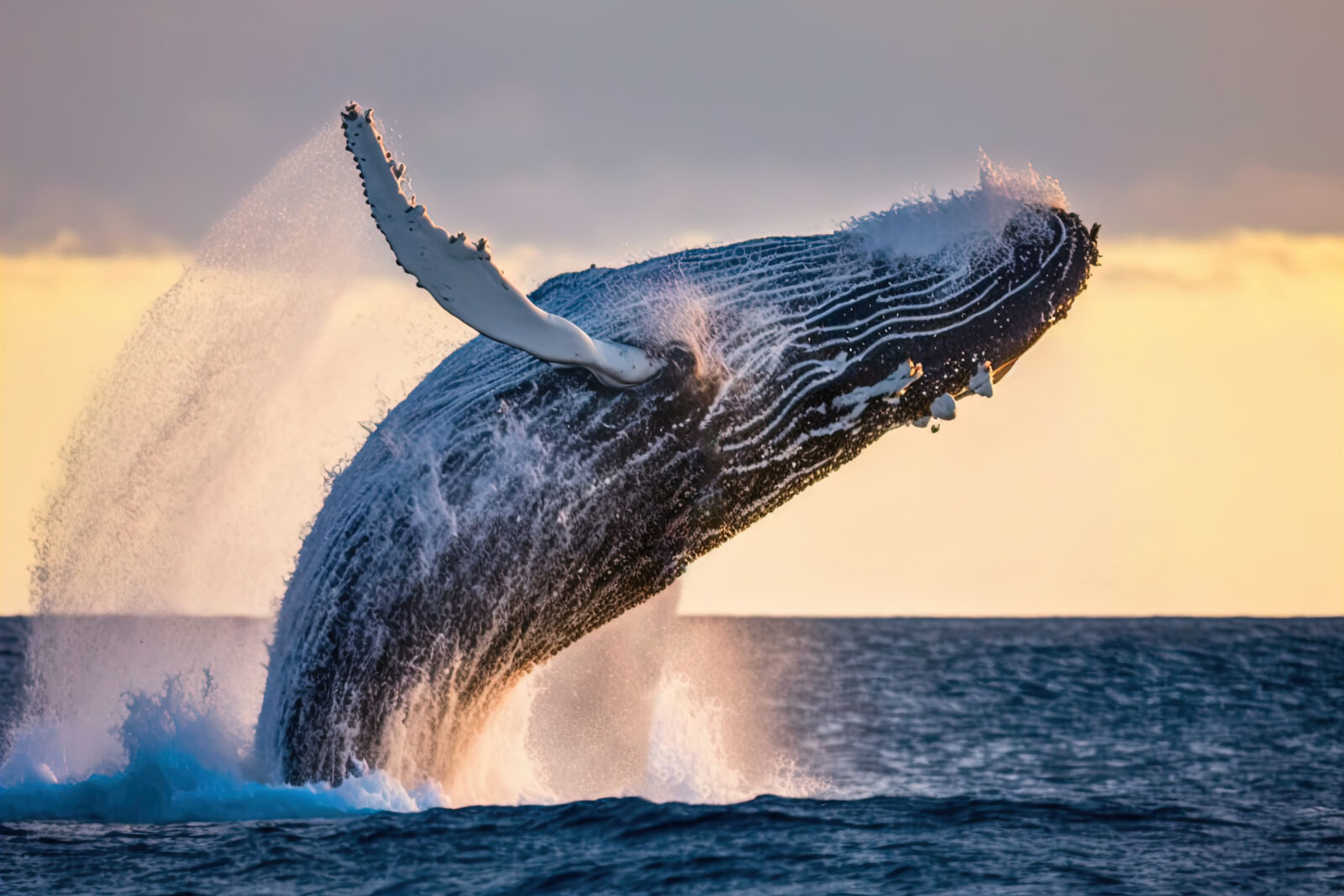The Pentadactyl Whale Flipper: An Engineering Masterstroke
Does the five-digit design of the whale flipper, curiously akin to the five-digit design of so many different kinds of animal limbs, point to evolutionary common descent? That was Charles Darwin’s argument, and the argument is a staple of high school and college biology textbooks. But no, says distinguished British engineer Stuart Burgess on today’s ID the Future in his conversation with host Eric Anderson. The repeated recurrence of the pentadactyl form is better explained by reference to the idea of common design. That is, a master designer reused the pentadactyl design theme because it achieves an optimal trade-off between strength on the one hand (no pun intended) and suppleness or dexterity on the other. And yes, Burgess says, the giant flipper on a whale needs to be not just incredibly strong but also supple to allow the whale to maneuver adroitly through the water.
This reuse of a good design concept shouldn’t surprise us, Burgess says. Just as human engineers reuse the concepts of the wheel, axle, nut and bolt, or pulley, so too the designer of life reuses shrewd engineering solutions in widely different applications, in each case adapting the design concept for the particular use.
Burgess also rebuts the claim that whales have vestigial pelvic bones from a land-dwelling ancestor. He then moves from the big to the small, pointing to more positive evidence in favor of common design (over Darwinian common descent) in marsupial and placental rats and in a protein machine best known for one job but that has been found to “moonlight” doing a very different job in a very different biological context. Tune in to hear Burgess unpack the full argument.
The conversation took place at the 2023 Conference on Engineering in Living Systems (CELS) in Denton, Texas. For other interviews from the conference, and for more on the intersection of biology and engineering, check out these ID the Future episodes—here, here, here, here and here.
